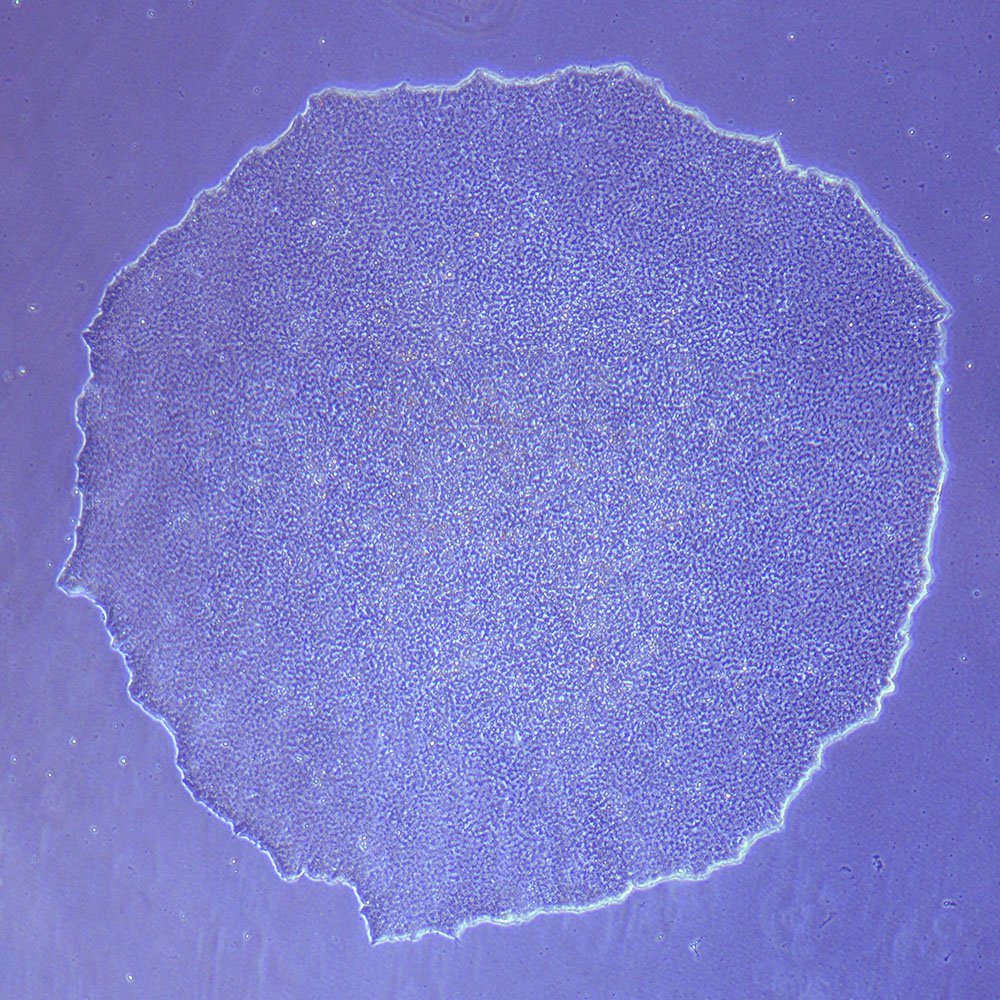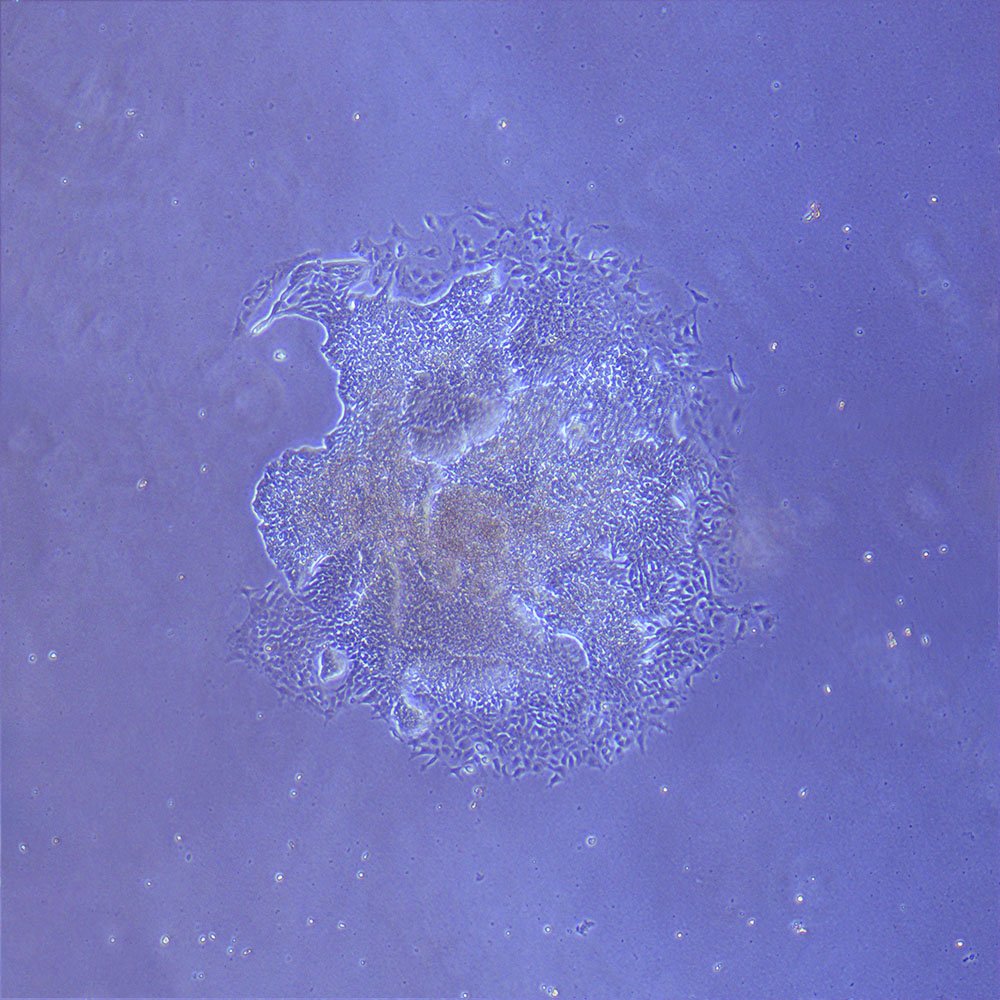Posthuman Genetic Legacies
Posthuman Genetic Legacies by Svenja Kratz is a multi-layered bio-art project that explores alternative forms of genetic legacy through biotechnology. Developed during an ANAT Synapse residency, the project involved collaboration with A/Prof. Brad Sutherland, Dr. Jo-Maree Courtney from the UTAS Medical School, and Prof. Jane Neilsen from the Centre for Law and Genetics (CLG). Building on the precursor work Mourning Story, which reflected on the grief associated with situational childlessness and the experience of uterine pathology, Posthuman Genetic Legacies delves deeper into the possibilities of genetic continuity outside conventional reproduction.
Initially, the project aimed to create a cell line from Kratz’s fibroid tissue, envisioning an immortalised biological presence capable of almost indefinite proliferation in a lab environment. This concept proposed a posthuman approach to legacy, one in which genetic continuity could be achieved without traditional reproductive methods. However, due to technical complexities, the project evolved towards establishing induced pluripotent stem cell (iPSC) lines, SK1 and SK2, derived from Kratz’s blood. This shift expanded the project's potential, as iPSC technology enables adult cells to be reprogrammed into a versatile stem cell state, capable of differentiating into various cell types and aggregates for both research and artistic applications.
A defining aspect of Posthuman Genetic Legacies is its critical engagement with the legal and governance frameworks that oversee biotechnological research and human cell usage. In collaboration with scientific and legal experts, Kratz investigated issues surrounding tissue ownership, genetic material preservation, and research ethics. These frameworks not only determine the permissible scope of cellular experimentation but also raise essential questions about intellectual property, privacy, and the ethical responsibilities associated with using personal biological materials in experimental contexts.
Through the creation of the SK1 and SK2 iPSC lines, Posthuman Genetic Legacies invites viewers to consider the ethical and philosophical implications of creating "genetic progeny" that exist within both research and commercial contexts. The project sheds light on the often-invisible legal structures that shape biotechnological practices, encouraging audiences to reflect on how these regulations influence our understanding of legacy, kinship, and identity. By addressing scientific, ethical, and legal dimensions, Kratz opens up a space for contemplating the governance of human and non-human biological artifacts and poses questions about the boundaries of life, ownership, and the transformative potential of matter.
Ultimately, Posthuman Genetic Legacies confronts the paradox of humanity’s pursuit of immortality and continuance—a desire often marked by futility and burdened by ethical complexities. By establishing a fragile, techno-dependent cellular presence, Kratz questions the feasibility of achieving true permanence while challenging viewers to reconsider traditional notions of fertility and kinship. Rather than focusing on biological reproduction and genetic continuity, the project proposes alternative ways of understanding legacy, suggesting that fertility and kinship can be conceptualised in broader, multi-species and non-reproductive forms. Through the convergence of science and art, Kratz invites us to reimagine what it means to recognize entanglement and leave a meaningful imprint on the world with attention to shared futures. In this light, Posthuman Genetic Legacies becomes a meditation on the limitations of immortality and a call to embrace more inclusive and expansive definitions of connection and continuity.
PROJECT PARTNERS: Posthuman Genetic legacies was as part of the 2021/2022 ANAT Synapse Program. The ANAT Synapse program is supported by ANAT, The School of Medicine, Centre for Law and Genetics and School of Creative Arts and Media at UTAS and The Centre for Regenerative Medicine at QUT and is made possible through the generous support of the Copyright Agency’s Cultural Fund.






